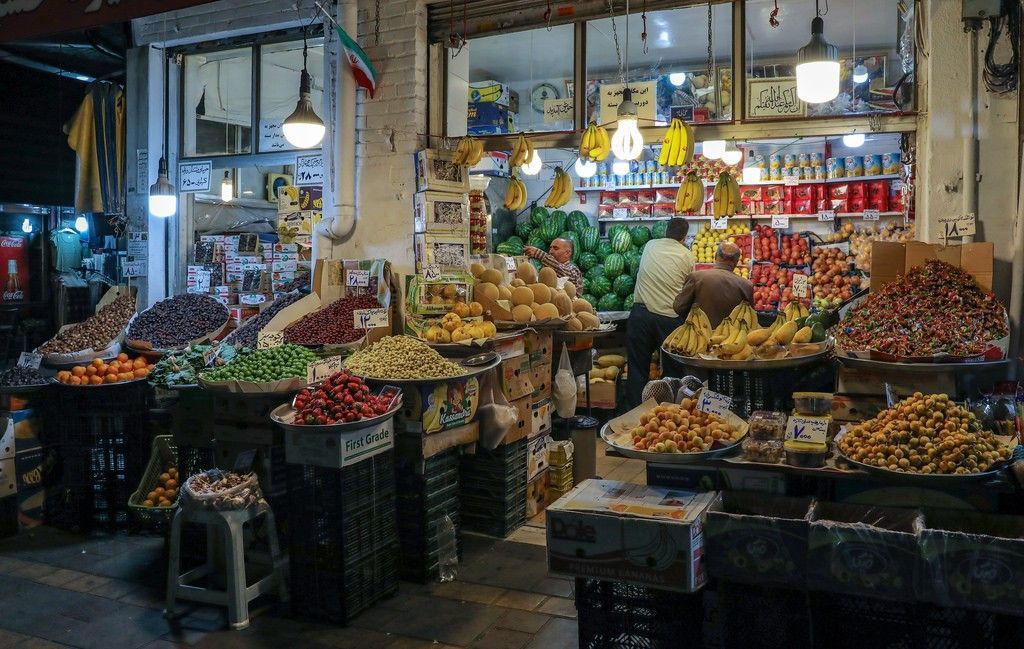The continued drop in the value of the rial against many foreign currencies has led to a surge in consumer spending in border market areas, such as the Arvand Free Zone in the southern province of Khuzestan. Stores’ inability to replenish their inventories due to increased demand has caused a severe shortage of goods. There have been reports of Iraqi citizens rushing to Iranian shops across the border to buy products.
“The cost of goods and services has tripled and quadruped for Iranian consumers in recent months due to a massive drop in the value of the rial,” said Gholamreza Sharafi, a representative from the city of Abadan to the Majlis (Iranian Parliament). “This has strengthened the purchasing power of people in neighboring countries such as Iraq, who have been buying their everyday goods in Iranian shops across the border. The increase in consumer spending has created an imbalance between supply and demand.”
[aesop_image img=”https://kayhanlife.com/wp-content/uploads/2018/10/Tomato.jpg” panorama=”off” align=”center” lightbox=”on” caption=”A shop worker arranges the cans of Iranian tomato paste at a super market in the city of Najaf, Iraq October 7, 2018. Picture taken October 7, 2018. REUTERS/Alaa Al-Marjani” captionposition=”left” revealfx=”off” overlay_revealfx=”off”]
Mr. Sharafi said: “Shops ran out of meat, poultry, rice, tomato paste and cooking oil during the holy month of Ramadan because people from neighboring countries bought everything. I know of one Iraqi family who spent close to $17,000 on various food products two months ago. Not many Iranians can spend that kind of money.”
Sharafi explained: “Stores must keep one-third to one-fifth of their inventory as emergency stock. However, Iranian wholesalers and suppliers can only stock 15 percent of their inventory at any given time. In other words, their warehouses are empty.”
“The currencies of Iraq, Afghanistan, Pakistan, and even Syria are performing much better than the Iranian rial,” explained Akbar Karimi, an economist. “The citizens of these countries purchase their goods from Iranian shops across the borders. However, this surge in demand will cause a shortage of goods and price hikes for Iranian consumers.”
[aesop_image img=”https://kayhanlife.com/wp-content/uploads/2018/06/2013-01-23T120000Z_1558181104_GM1E91N1MW101_RTRMADP_3_IRAQ.jpg” panorama=”off” align=”center” lightbox=”on” caption=”A man counts stacks of Iranian rials on a street in Kerbala, 110 km (68 miles) south of Baghdad .REUTERS” captionposition=”left” revealfx=”off” overlay_revealfx=”off”]
Farajollah Rajabi, a Majlis representative from Shiraz, warned: “Iranian consumers will face a serious problem soon. They might be able to cope with the price increases but not the shortage of goods. The government must deal with this problem before the situation turns into a crisis.”
Translated from Persian by Fardine Hamidi


